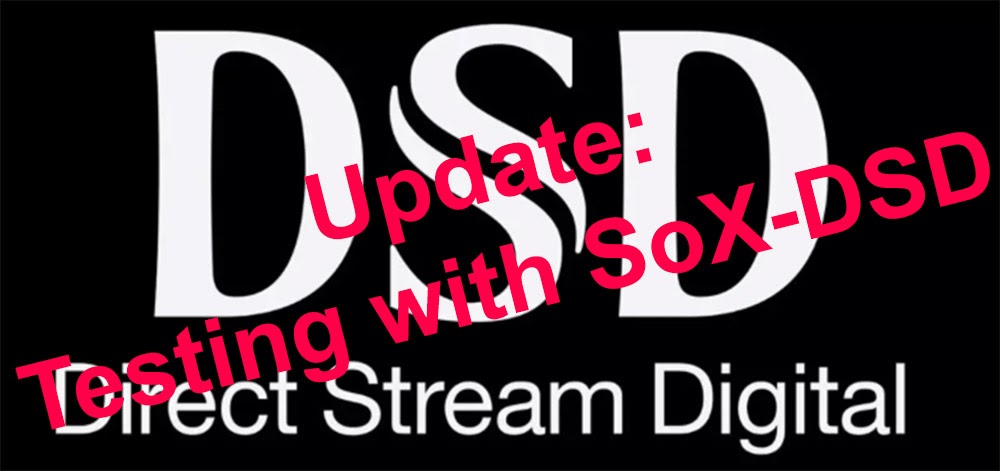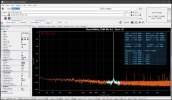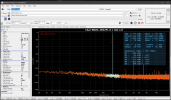Sokel
Master Contributor
- Joined
- Sep 8, 2021
- Messages
- 6,174
- Likes
- 6,293
- Thread Starter
- #61
I have seen this results.Have a look at this too. DSD256 not only resulted in higher noise floor, but also higher distortion than PCM.
Khadas tone board is known to have hump, but there are also many other ES9038 DACs with no hump. So deliberately use a DAC with hump for comparison cannot draw very useful conclusion.

REVIEW: E1DA #9038D6K Dongle DAC / Headphone Amp (Part II): Headphone Amp Power, DSD, Subjective Impressions, AMPT & Perfectionistic Tweaking!
A blog for audiophiles about more objective topics. Measurements of audio gear. Reasonable, realistic, no snakeoil assessment of sound, and equipment.archimago.blogspot.com
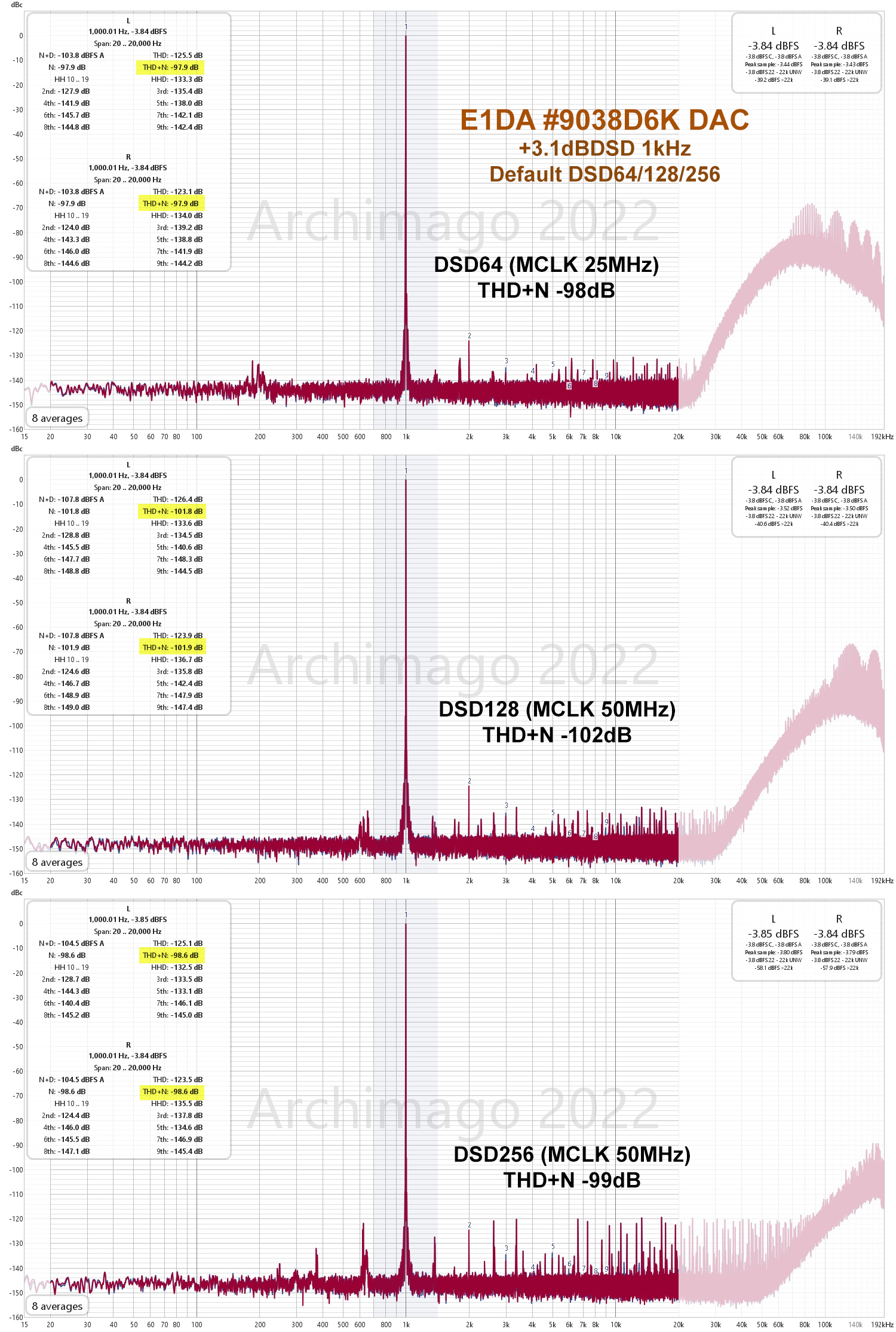
Specifically, Archimago converted a DSD512 signal to PCM then sent to the DAC, the figures immediately improved a lot. Pay attention to the Realtime DSD -> PCM annotation.

Also clear sign of higher distortion in DSD256 playback, similar to Archimago's previous tests on Oppo UDP205 and Topping D90SE.


I don't see higher distortion,only noise,H2 and H3 are on the -125 to -135db ballpark for all of them.
Problem is I can't see other that 1Khz measurement or an IMD one other than Multitone which strangely is somehow forgiving.
Hopefully not all ESS based DACs are like this but it's not only about ones who have the hump.
Take a look for example this hump-free one:
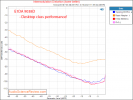
It's IMD distortion is still worst than the above E-MU at -30db for example.
Yes,DSD256 and DSD512 are hard to do right,I'm about to measure and older AKM based one with nice clocks,etc.
I'm curious too!
Edit:distortion figures
Last edited:


